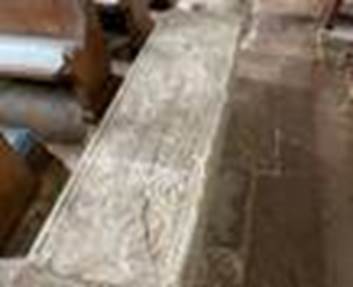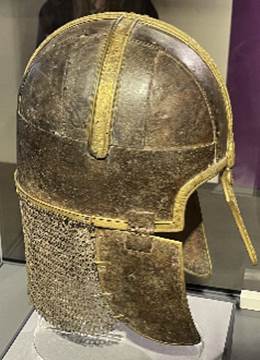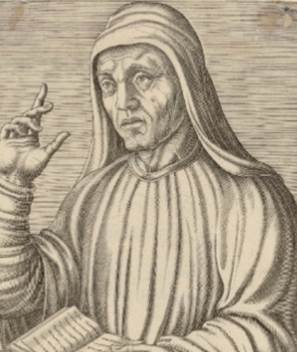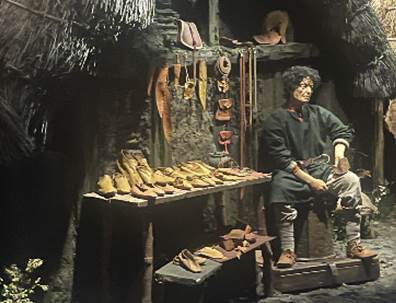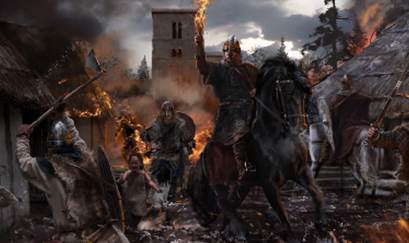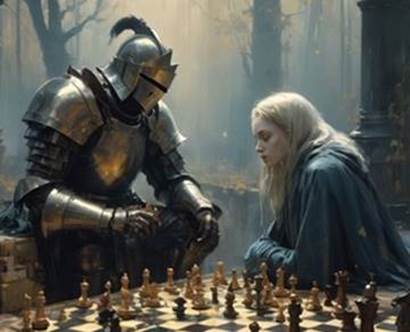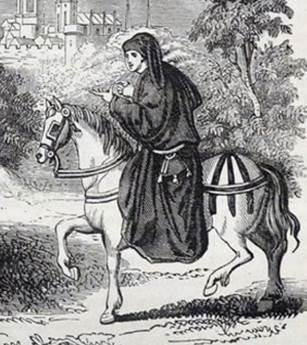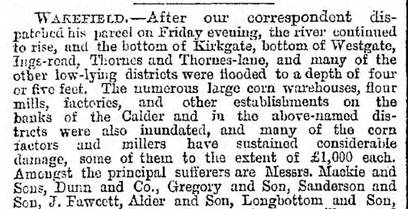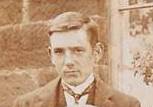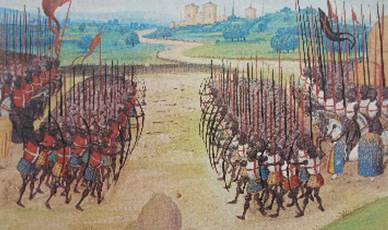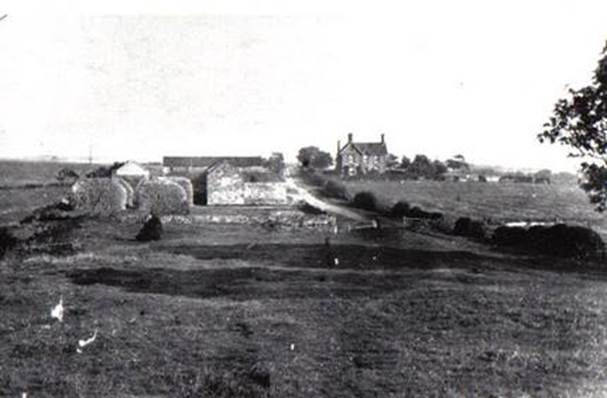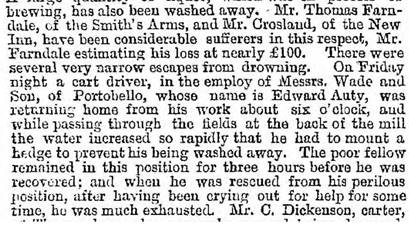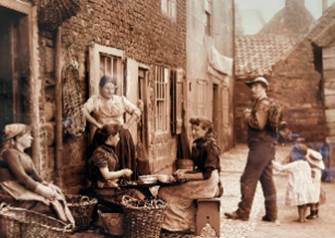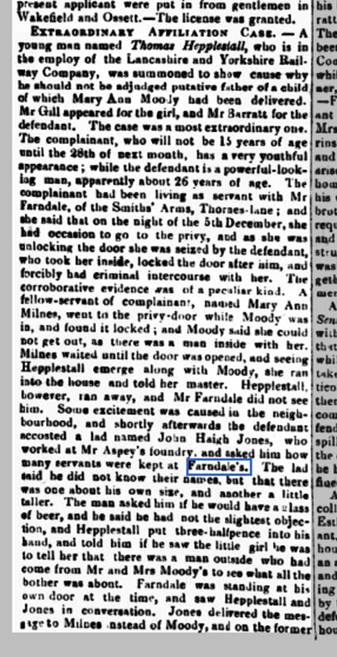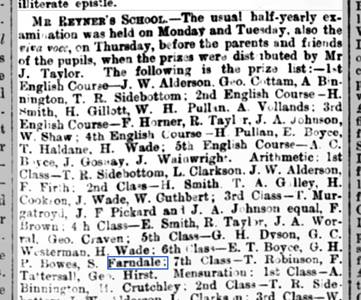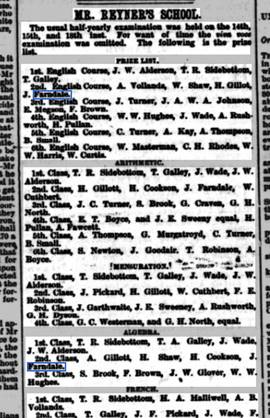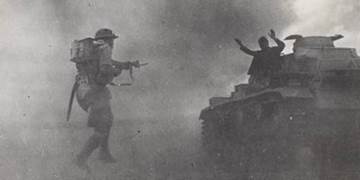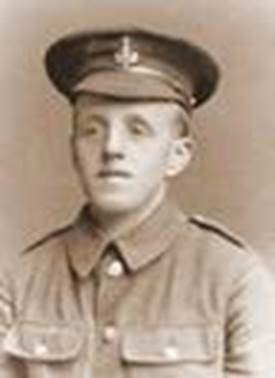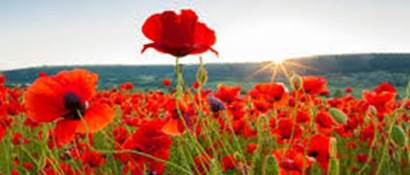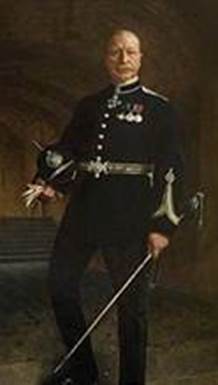The
Wakefield 1 Line
The genealogy of the line of Farndales, descended from
Thomas Farndale and Sarah Bell
|
Return to the Home
Page of the Farndale Family Website |
The story of one
family’s journey through two thousand years of British History |
The 84 family lines
into which the family is divided. Meet the whole family and how the wider
family is related |
Members of the
historical family ordered by date of birth |
Links to other pages
with historical research and related material |
The story of the
Bakers of Highfields, the Chapmans, and other related families |
The
genealogy of Robert Farndale who was brought up on Craggs Farm is now to be
found as part of the Craggs Line.
This webpage comprises the genealogical family tree of the Wakefield
1 Line and then summarises the deeper ancestry of this line of the
Farndales.
Thomas Farndale was born in 1839 near Whitby and moved to
Wakefield where he was an inn keeper. He married Sarah Bell and they had five
children including Joseph who became Chief Constable of Margate, York and
Bradford and Traffic Commissioner for Yorkshire.
The family tree is colour coded to show the flow of
relationships between individuals. You can also follow the hyperlinks in brown text
to link directly to other related family lines and the hyperlink in blue text to
reach the webpage of each individual, where you can read about their lives in
more detail.
|
|
|
|
|
|
|
|
|
|
|
|
|
|
Thomas
Farndale 24 June 1839 to 22 December
1919 Married Sarah Bell in 1862,
and then Alice Dowell in 1900 Innkeeper in Wakefield
(Smith's Arms) Newholm, Whitby, Eskdaleside, Wakefield, York,
Scalby, Scarborough |
|
|
|
|
|
|
? |
|
|
|
|
|
|
|
John
Farndale 1856 to 1922 Perhaps an early son of
Thomas? Monumental sculptor Married Rose ? in early
1880s Wakefield, Leeds |
|
Thomas
Dawson Farndale 29 October 1862 to 1940 A stone mason, clerk of
works and civil engineer Married Sarah Emily Davis
in 1898 and Isabel E Yeoman in 1932 No children Wakefield, Leeds, Plymouth,
Louth |
6 April 1864 to 22 February
1954 Chief Constable of Margate,
York and Bradford. Traffic Commissioner for Yorkshire. Married Emma Selby in 1883
and Maggie Emmott in 1937 Halifax, Wakefield,
Margate, York, Claro, Bradford |
Samuel
Farndale 5 May 1866 to 14 July 1936 Married Pollie Chesters on
25 May 1895 Grandson of John Farndale (FAR00262) and
lived with him for a time, Clerk of Portsea who later lived in London Clerk of Portsea who later
lived in London and worked in the civil service with the Admiralty rising
from clerk to clerk to the engineer in chief |
Margaret
Farndale 20 March 1868 to 1955 Married James Smith Law James Law was a publican
like his father in law They had three childrewn Wakefield, York, Agbrigg |
Henry
Farndale 5 August 1870 to 1872 Wakefield |
|
|
|
|
|
|
|
|
|
|
Henry
Farndale 1883 to 1951 Solicitor’s clerk,
engineer’s draughtsman, accountant Regimental Quarter Master
Sergeant in the Royal Field Artillery in WW1. He was gassed in 1917. Married Grace Elizabeth
Bell on 27 December 1913 Leeds |
John
William Farndale 18 May 1886 to 29 June 1954 Married Dorothy Doris
Chamberlain in 1916 Sorting clerk and leather
salesman Leeds, Leicester |
Ethel
Margaret Farndale 14 July 1889 to 1967 Shorthand clerk and
secretary in the machine trade Leeds, Wakefield |
|
|
|
|
|
|
|
|
|
|
|
|
|
|
|
|
|
|
Florence
Farndale 30 April 1884 to 10
November 1952 Married Charles Pickles
(textile manufacturer) in 1911 (no family) Halifax, Brierley,
Bradford, Harrogate |
Eveline
Farndale 30 October 1885 to 30
October 1974 Halifax, Claro, Bradford,
Harrogate |
Emma
Elsie Gladys Farndale 31 May 1893 to 14 April
1988 Married Percy Norwood twice
in 1923 and remarried in 1949 Halifax, Bradford, Bulmer |
|
|
|
Edward
Francis Farndale 14 November 1914 to 21
November 2002 Architect’s assistant and
machine tool inspector Married Avril Green in 1947 Leeds, Liverpool, Boston
and New York, Bournemouth, Ipswich |
Henry
Stewart Farndale
1916 to 11 May 1945 Married Maria Patchett in
1940 Corporal in RAF, pilot
under training who was killed when his tiger moth crashed in 1945 Bradford, Leeds, Meriden |
|
|
|
|
|
|
|
|
|
|
The family below are really
only known through the record of Thomas Farndale who appears to have been
related somehow to Joseph Farndale, the Chief Constable |
|
|
|
|
|
|
|
|
Sarah
Farndale Born Old Kent Road 1842 Otherwise no record |
|
|
|
|
|
|
|
Thomas
Farndale 1877 to 19 December 1919 Brockley, Camberwell,
Wandsworth Store Fitter |
Florence
Farndale Born New Cross Surrey, 1877 General domestic servant Marred James Simmons
perhaps in 1949 at Paddington But no record of birth |
|
|
|
|
If you are subscribed
to Ancestry you can also visit the Farndale Family Tree
on Ancestry, which links the whole family together.
The Deeper Ancestry of the Wakefield 1
Line
The matrix below will transport descendants of the
Wakefield 1 Line into a personal journey into their deep ancestry. It is an
extract of the
Farndale Story which is bespoke for the Wakefield 1 Line descendants. It
will take you back to the earliest history of our ancestors and each box will
transport you to a more detailed narrative to unlock your history.
|
|
|
|
A Time Machine to a different era of
geological time in the heart of our ancestral home |
|
|
|
|
|
|
|
The Iron Age, Bronze
Age, Neolithic, and Mesolithic evidence of the people of the immediate
vicinity to Farndale |
|
|
|
|
Isurium Brigantum (Aldborough) The Roman Regional Capital of the lands
around Kirkdale |
A Roman Villa on palatial scale just south
of Kirkdale |
A Roman Villa only 2km from Kirkdale in the
heart of our ancestral lands |
71 CE to 580 CE The lands which would
become the lands of Kirkdale and Chirchebi in Roman and Pagan times |
A Roman arm purse
which can be seen in the British Museum in London today, found in about the
second century CE by a cairn overlooking Farndale, which will transport you
back 2,000 years |
The Roman Capital of northern England where
Constantine was proclaimed Emperor |
|
|
|
|
|
560 CE to 793 CE Kirkdale and the Chirchebi
Estate in the Anglo Saxon Period |
Kirkdale from its founding in about 685 CE
to the beginning of the Scandinavian period in about 800 CE |
Deirian and Northumbrian York, a political, cultural and educational
Hub on the European stage The people who dominated our ancestral lands |
Alcuin and the birth
of modern education
The world of Ecgbert and Aethelbert,
successors to Bede, and their pupil Alcuin, who took York’s powerhouse of
knowledge to the court of Charlemagne to pioneer the European educational
system |
|
|
|
The powerful figure at the heart of the
aristocracy, who rebuilt Kirkdale and put our ancestral lands firmly onto the
national political stage |
793 CE to 1066 Kirkdale and the Chirchebi
Estate in the Scandinavian Period |
Anglo-Saxon-Scandinavian
Kirkdale Kirkdale in the Anglo-Saxon-Scandinavian
period from about 800 CE to 1066, with a brief summary of its history through
to 1500 |
The Scandinavian centre of northern England |
A unique treasure
whose secrets transport us into the world of the eleventh century upon which
you can stare today, imagining direct ancestors who did the same a thousand
years ago |
|
|
|
Regime Change |
1066 to 1200 The People of the
Kirkbymoorside (“Chirchebi”) Estate after the Norman Conquest |
This history of the Cistercian monastery of
Rievaulx, in whose Chartulary the name Farndale was first recorded in 1154 |
|
|
|
Our Pioneer ancestors
who left Farndale but took its name to settle in new places |
Tales of a
surprisingly large number of our forebears who were poachers in Pickering
Forest. Their archery skills would foretell the legends of Robin Hood and the
English army at Agincourt |
Rural lifestyles from the Norman Conquest |
A model which relies on extensive medieval evidence, to suggest
the most probable family tree of the earliest ancestors of the Farndales |
Thirteenth Century Farndale
Clearing the dale to
build our new home |
The story of the dale of Farndale to 1500,
to accompany the family story |
Tales of archers and
men at arms who fought with Richard II, Henry IV and Henry V and an
observation post in the home of the Nevilles and Richard III from which to
view the Wars of the Roses |
|
The history of the village of Campsall north
of Doncaster, where we find our ancestors in the sixteenth century |
The History of Doncaster to 1500 The History of pre industrial Doncaster from
its Roman inception as Danum to the end of the sixteenth century |
The Family of William
Farndale, the Fourteenth Century Vicar of Doncaster |
|
Arrival in the old Bruce lands around Skelton Castle The Sixteenth and
Seventeenth Families of Kirkleatham, Skelton, Moorsholm and Liverton in
Cleveland |
A history of
Kirkleatham and Wilton, the place where our family first settled in Cleveland |
|
|
|
|
|
|
|
|
|
|
The family story of
mining, mainly for ironstone, the primary resource behind the industrial
development of Cleveland |
Transition to the Industrial Revolution John Farndale, my
great x2 uncle, was a prolific writer who captured the essence of the late
eighteenth century and its transition into the Industrial Revolution. The
family’s history provides a direct pathway to experience these years of
momentous change |
Three generations of
Kilton Farndales in one place. A side trip to nearby
Boosbeck and Skelton take you to the gravestones two later generations. Take
in Wensley and you’ll find two more recent generations. Seven generations of
the family in one short drive |
|
The First Hub The story of the
Kilton Farndales, a family who dominated a village, since lost to time, over
two centuries |
The story of the lost village of Kilton and
its sylvan landscape A journey around
modern Kilton, of farms, a ruined castle and a small village of Kilton Thorpe
to capture the essence of the two century home of Farndales |
Stories of smugglers, led by my great x3
grandfather known as the King of the Smugglers, and the undoubted involvement
of our forebears |
|
|
A
history of Whitby at the height of its maritime power in the eighteenth and
nineteenth century, home to several large Farndale families. A
look back to the Anglo Saxon history of Whitby in the time of Celtic and
Roman Christianity |
The place of Dracula inspiration where many Farndales
have been buried, provides a vantage point over Whitby, and its maritime
activity |
|
To contrast with the medieval outlaw poachers of
Pickering Forest, the story of the law makers including two influential Chief
Constables and the real Inspector Foyle
|
1842 to 1901
The Chief
Victorian Constable of Birmingham who foiled a Jack the Ripper Hoax and
played a key role in uncovering the Ledsam Dynamite Conspiracy |
|
|
|
The Second World
War soldiers, sailors and airmen
The story of the
Farndales who took up arms in the Second World War
The
context of the Second World War |
The story of the
many soldiers from the family who took up arms in the First World War
The
context of the First World War to the Farndale Story |
The Wakefield 1 Line |
1864 to 1954
The Chief
Constable of Bradford who pioneered the use of fingerprints, invented the
police box, and played a key role in Bradford’s evolution at the start of the
twentieth century |
|











